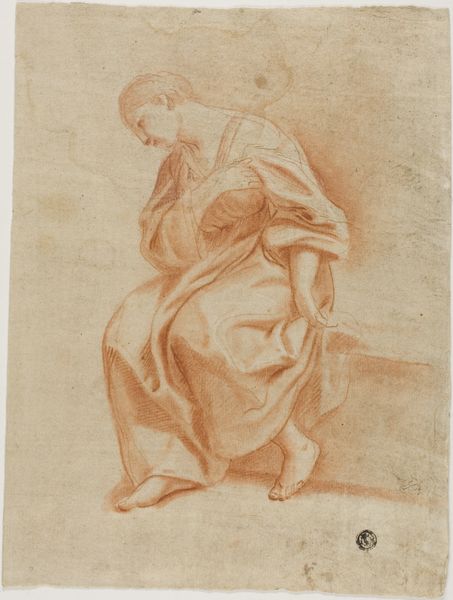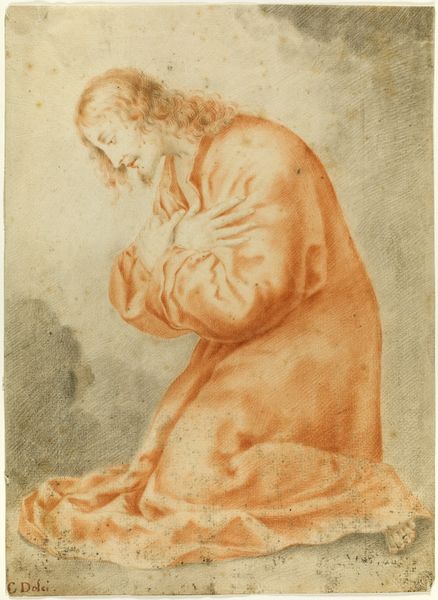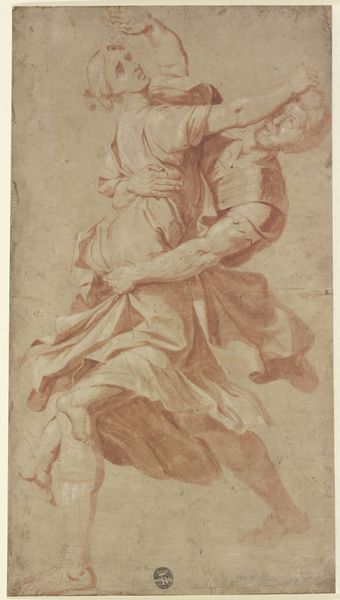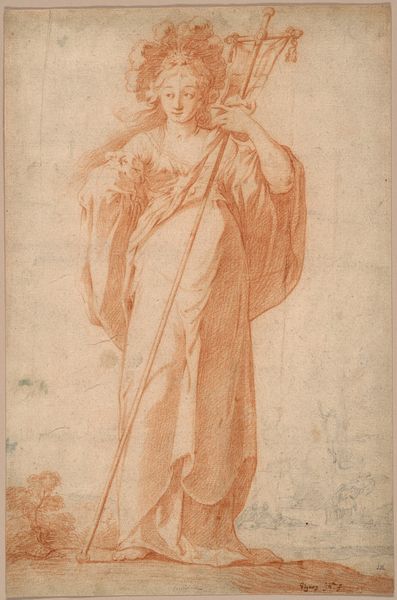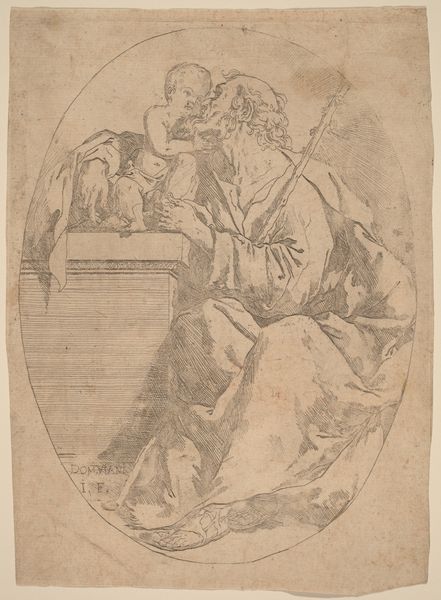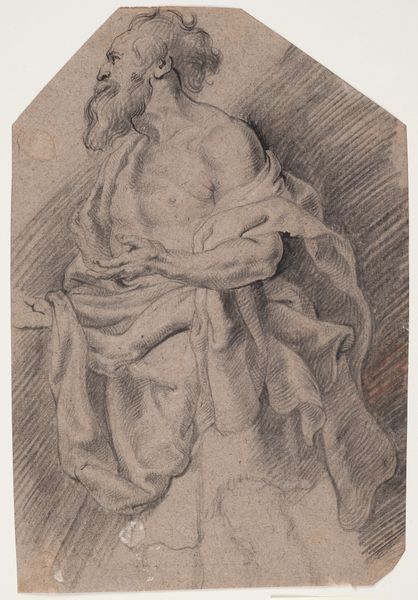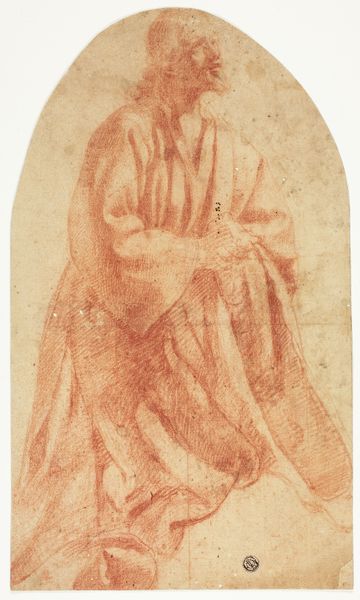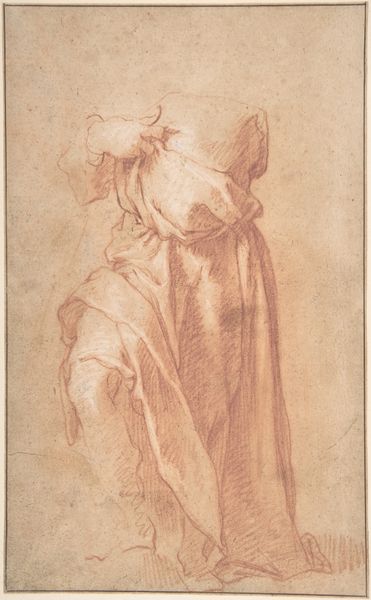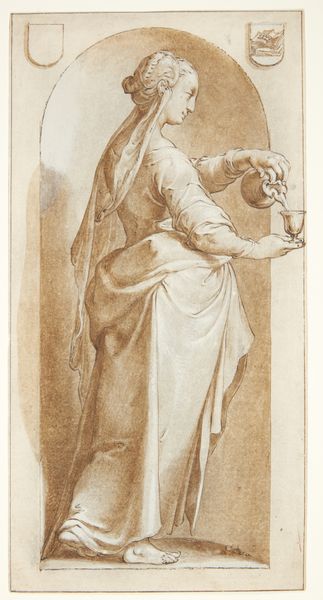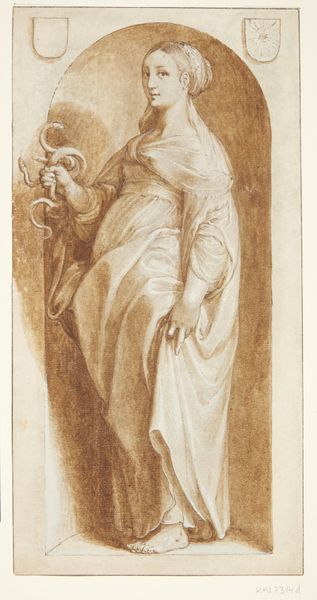
drawing, print, paper, pencil, chalk, charcoal, black-chalk
#
portrait
#
drawing
# print
#
pencil sketch
#
charcoal drawing
#
figuration
#
paper
#
form
#
11_renaissance
#
pencil drawing
#
pencil
#
chalk
#
chiaroscuro
#
line
#
charcoal
#
history-painting
#
academic-art
#
italian-renaissance
#
black-chalk
Dimensions: 351 × 253 mm
Copyright: Public Domain
Jacopo Pontormo made this drawing of Christ as Salvator Mundi with Lamb using red chalk and graphite. Pontormo, who lived and worked in Florence, was a key artist of the Mannerist style which valued grace, exaggeration, and technical skill above naturalistic representation. This drawing reflects the religious and social functions of art in 16th century Italy. The figure of Christ relates to a long tradition of Christian iconography, and here the lamb reinforces his symbolic role as the sacrificial savior of humanity. But at this time the Catholic Church was an important patron of the arts and images of Christ also served as a display of power. Pontormo would have been trained within this environment, learning to negotiate the religious and political implications of his images. As art historians, our task is to interpret the role of such artworks within their original social context. By studying the history of religious institutions and artistic training, we can better understand the complex meanings of Pontormo's drawing.
Comments
No comments
Be the first to comment and join the conversation on the ultimate creative platform.
